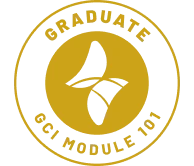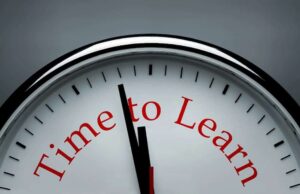Most coaches, HR practitioners and others in the ‘helping’ professions are deeply empathic people. These qualities of care and concern, make them great listeners, who are attentive to the aspirations and frustrations in others’ lives.
However caring too much can be a trap. When we rely too heavily on our relational skills, we run the risk of becoming entangled with our clients, direct reports and even supervisors up the line.
In our desire to help, we can find ourselves simply getting in the way or even worse, disempowering the person we are trying to assist.
So how can you tell when you are risk of entanglement?
Have you ever realised that you are starting to reinforce your client or counterpart’s reactivity, buying into victim stories or becoming outraged on their behalf? If so, it’s a time to check in and take a closer look at what’s going on.
If you feel genuine concern there’s nothing wrong with expressing that concern directly, but then it’s important to leave it with the other person to reflect on and respond to your feedback, in their own way.
Rather than becoming caught in the story, it’s often more valuable to become curious about your counterpart’s learning and growth as they navigate their tricky situations.
Often stuck situations arise because we are at an ‘edge’. The edge is the frontier of real and sustainable change.
Process-oriented coaches learn to work with precision at edges. At GCI, our graduates recognise not just the presence of an edge, but what makes it up. This in turn shapes coaches’ choices about to how best to proceed.
However here’s the thing: we need a certain level of detachment in order to even recognise the edge. If we are too caught up, immersed in and reacting to the client’s immediate narrative, we find ourselves missing the edge. We get pulled in to trying to solve the problem or ‘fix’ the situation on behalf of the other person. We give advice, which is rarely ever followed, because of the existence of the edge itself.
As coaches we regard our clients as whole capable and resourceful. And yet it is easy to forget this central principle and suddenly find ourselves taking responsibility for the situation. It can be even trickier in HR or leadership roles. We can find ourselves taking on cultural messages that say we are responsible. Yet attempts to take responsibility for someone e lse’s decisions and actions rarely works.
Our graduates have heard me describe become entangled with your counterpart’s challenges as akin to driving with your nose pressed up against the windscreen of your car. It is both unnecessary and actually obscures our capacity to take in the broader landscape, beyond the understanding or explanation that your client or direct report currently presents to you.
So lean back, take space and remind yourself of the capability of each person involved. Know what your role is and give your counterpart the dignity of being responsible for their role and their life.
If you’d like to learn more about facilitating other’s growth, rather than becoming entangled in the helping role, check out our upcoming introductory coaching module: Coaching with the E1ME2RGE3 Model.





